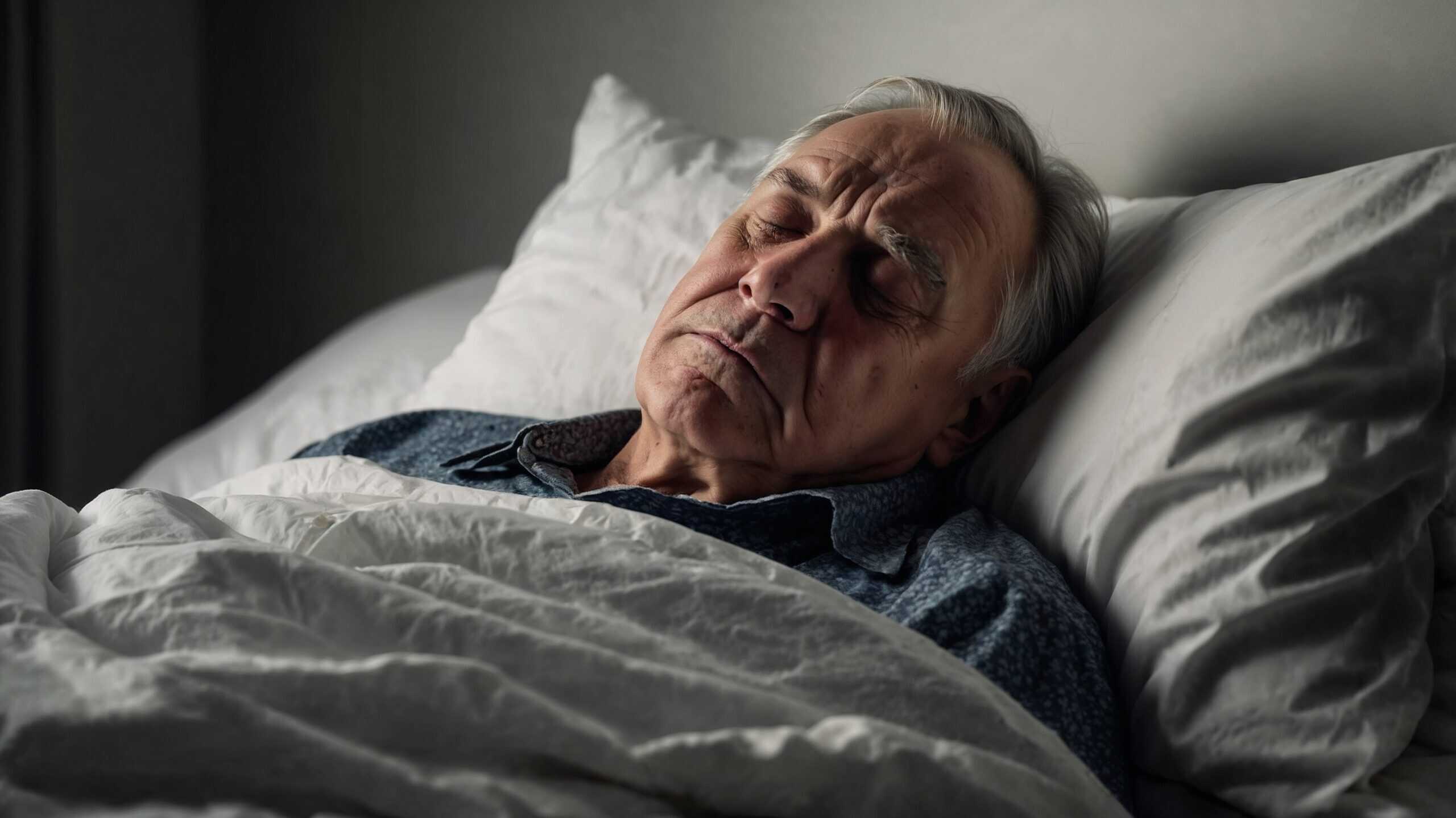Sleeping well is essential for good health at any age, but it can be especially difficult when chronic pain gets in the way. For many older adults, conditions like arthritis, back pain, and nerve-related discomfort interfere with restful sleep. This creates a frustrating cycle where poor sleep worsens pain, and pain worsens sleep. The Sleep Foundation and Mayo Clinic both confirm this relationship between pain and disrupted sleep.
The good news? There are evidence-based strategies that can help. From adjusting your sleep environment to practicing gentle relaxation routines, you can take small steps toward more restful nights.
1. Practice Gentle Sleep Hygiene Habits
Sleep hygiene refers to the habits that support better rest. For older adults dealing with chronic pain, gentle consistency is key:
- Stick to the same bedtime and wake time each day, even on weekends.
- Avoid caffeine late in the day and limit alcohol before bed, both can disrupt sleep quality.
- Turn off screens at least 30-60 minutes before bed, as blue light can interfere with melatonin production.
- Wind down with calming activities like reading, listening to soft music, or sipping a non-caffeinated herbal tea.
According to Cleveland Clinic sleep specialists, routines like these help your brain associate bedtime with sleep, not frustration.
2. Create a More Comfortable Sleep Environment
Your bedroom can either support your sleep or make it harder. A pain-friendly sleep space includes:
- A supportive mattress and orthopedic pillow tailored to your pain points (e.g., back, neck, hips).
- A cool room temperature (around 65F), which the Mayo Clinic recommends for sleep quality.
- Soft, breathable bedding that doesn’t trap heat or restrict movement.
- White noise machines or earplugs to block out disruptive sounds.
For joint pain, many people find relief by sleeping with a pillow between the knees (side sleepers) or under the knees (back sleepers) to maintain spinal alignment and reduce pressure.
3. Use Relaxation Techniques to Soothe Pain and Tension
Gentle nighttime relaxation can calm the nervous system and reduce pain sensitivity. Techniques supported by Harvard Health include:
- Deep breathing exercises
- Progressive muscle relaxation
- Mindfulness or guided imagery (e.g., imagining a peaceful place)
Even a short evening routine like this can help ease the transition into sleep and make pain feel less intrusive at night.
4. Time Pain Relief for Overnight Support
If you take pain medication, talk with your doctor about timing your doses to support sleep. For example, Harvard experts suggest that long-acting or bedtime-timed medications may help control nighttime symptoms better. Warm compresses, a heated mattress pad, or topical pain-relief creams may also bring relief at bedtime.
5. Explore Safe Supplements (with Caution)
Some older adults find benefit from natural sleep aids, though it’s important to use them wisely and under supervision:
- Melatonin: Can support circadian rhythm regulation in low doses (0.5-3 mg). Mayo Clinic notes it may help older adults fall asleep more easily.
- Magnesium: May help with muscle relaxation and sleep. Ask your doctor before taking if you have kidney issues.
- Chamomile or valerian teas: Calming and part of a relaxing routine, though the science is mixed.
Avoid over-the-counter sleep aids containing antihistamines unless advised by your doctor. They can cause confusion or balance issues in older adults.
6. Consider Cognitive Behavioral Therapy for Insomnia (CBT-I)
For persistent sleep issues, CBT-I is often more effective than medications. It’s a structured, drug-free approach that helps retrain the brain for sleep. The Sleep Foundation highlights CBT-I as a gold-standard treatment for insomnia, and it can be especially helpful when chronic pain is involved. Ask your healthcare provider about local or online programs.
Small Steps Toward More Restful Nights
You don’t need to fix everything at once. Start with one or two gentle changes: maybe a supportive pillow, a new evening routine, or shifting your medication timing. As your sleep improves, your pain may ease up too. And even if sleep doesn’t become perfect, it can become more peaceful and restorative.
Looking for more guidance? Explore the rest of our resources here at Senior Sleep Solutions. We’re here to help you rest more comfortably, one evening at a time.

